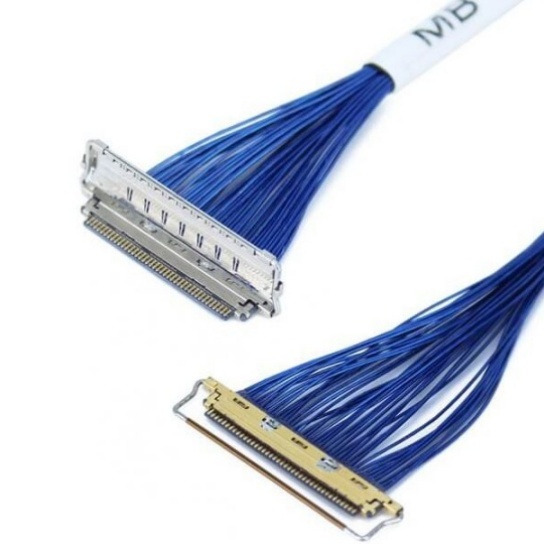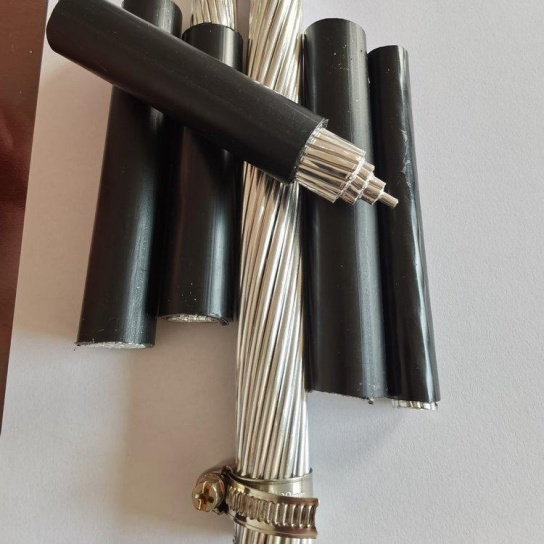Application of Composite Materials in Cable Management Systems
ntroduction
As the aerospace and industrial sectors push toward lighter, more efficient, and sustainable systems, composite materials are revolutionizing cable management. Traditional metal conduits and polymer-based solutions are increasingly being replaced by advanced composites that offer superior strength-to-weight ratios, corrosion resistance, and design flexibility.
1.The Rise of Composite Materials in Cable Management
Composite materials—engineered combinations of polymers, ceramics, or metals with reinforcing fibers—are ideal for cable management due to their unique properties:
Lightweight: Up to 50% lighter than aluminum, reducing fuel consumption in aircraft and energy costs in industrial systems.
High Strength: Carbon fiber-reinforced polymers (CFRP) match or exceed steel’s tensile strength.
Corrosion Resistance: Immune to rust, chemicals, and moisture, critical for harsh environments.
Design Flexibility: Moldable into complex shapes to optimize space and routing efficiency.
Industries such as aerospace, electric vehicles (EVs), and offshore wind farms are driving demand for composite-based CMS solutions.
2. Key Composite Materials and Their Applications
a. Carbon Fiber-Reinforced Polymers (CFRP)
Properties: High stiffness, thermal stability, and electromagnetic shielding.
Applications:
Aircraft Cable Trays: Boeing 787 uses CFRP trays to save 20% weight in electrical systems.
EV Battery Harnesses: Protects high-voltage cables from heat and vibration.
b. Aramid Fiber Composites (e.g., Kevlar®)
Properties: Exceptional impact resistance and flame retardancy.
Applications:
Military Aircraft: Shields cables from ballistic threats and fire.
Industrial Robotics: Durable cable sleeves for repetitive-motion machinery.
c. Glass Fiber-Reinforced Polymers (GFRP)
Properties: Cost-effective, non-conductive, and UV-resistant.
Applications:
Solar Farm Cable Conduits: Withstands outdoor weathering and thermal cycling.
Submarine Data Cables: Resists seawater corrosion at depths up to 4,000 meters.
d. Hybrid Composites
Example: CFRP-Graphene hybrids enhance electrical conductivity for power transmission lines in urban air mobility (UAM) vehicles.
Case Study: Airbus’s A350 XWB employs hybrid composite conduits to integrate data and power cables, reducing system weight by 30%.
3. Advantages of Composite-Based Cable Management
a. Weight Reduction and Fuel Efficiency
In aviation, every 1 kg saved in CMS reduces CO₂ emissions by 25 tons annually per aircraft.
Example: Safran’s composite cable ducts in the LEAP engine cut weight by 15%.
b. Enhanced Durability
Composites withstand extreme temperatures (-55°C to 200°C), vibrations, and chemical exposure.
Application: Offshore wind turbines use GFRP cable ladders to resist salt spray and fatigue.
c. Electromagnetic Interference (EMI) Shielding
Conductive composites (e.g., CFRP with nickel coating) protect sensitive avionics from EMI.
d. Sustainability
Recyclable thermoplastics (e.g., PEEK) align with circular economy goals.
Example: Siemens Gamesa’s recyclable composite cable clamps for wind turbines.
4. Challenges in Adopting Composite CMS
a. High Material Costs
Carbon fiber composites are 3–5x more expensive than aluminum. Solutions include scaling production and recycling.
b. Manufacturing Complexity
Precision molding and curing processes require specialized equipment.
Innovation: Automated fiber placement (AFP) robots cut production time by 40%.
c. Standardization Gaps
Industry standards (e.g., SAE AS50881) lag behind composite innovations, complicating certification.
Case Study: General Electric’s Catalyst engine overcame certification hurdles by collaborating with FAA to validate composite cable ducts.
5. Future Trends in Composite Cable Management
a. Self-Healing Composites
Microcapsules of healing agents repair cracks autonomously, extending CMS lifespan in satellites and drones.
b. Bio-Based Composites
Flax or hemp fibers reinforced with bio-resins offer eco-friendly alternatives for low-stress applications.
c. Smart Composites with Embedded Sensors
Fiber-optic sensors monitor strain, temperature, and damage in real time (e.g., predictive maintenance for EV charging stations).






